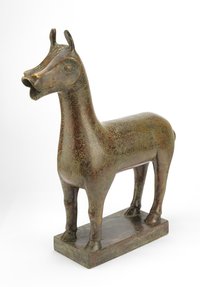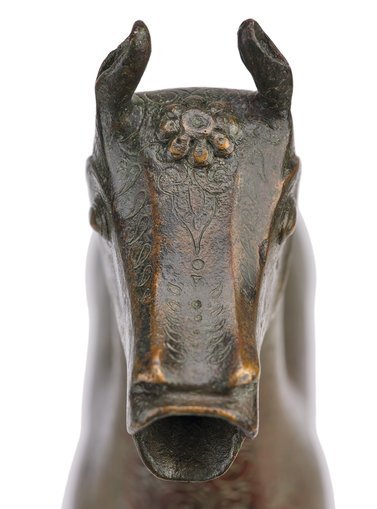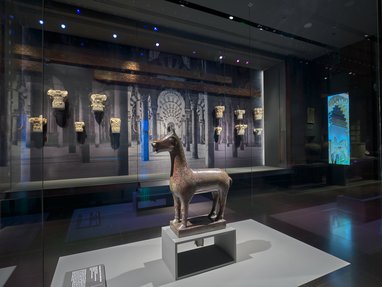From the 8th to the 11th centuries CE (2nd to 5th centuries AH), the Umayyad Emirate and then the Caliphate of Al-Andalus marked a significant period in the history of Islamic architecture, characterised by a fusion of diverse cultural influences and innovative design principles.
The Umayyad dynasty, originating from Damascus, Syria, established its rule in Al-Andalus (modern-day Spain and Portugal) after the conquest of the Iberian Peninsula in 711 CE (92 AH). Under the reign of their successors, Al-Andalus flourished as a center of Islamic civilisation, witnessing remarkable advancements in various fields, including architecture.
Between 940 and 1010 CE (330 and 400 AH), the focus of power was Madinat al-Zahra, a palace city near Córdoba, constructed by 'Abd al-Rahman III. This period witnessed the construction of grand palaces, mosques and fortifications, establishing the city's reputation for opulence and refinement. The art created in Madinat al-Zahra reflected a blend of Mediterranean flavours, taking inspiration from both Spain's local traditions and the cultural heritage of the Umayyads' homeland in Syria.
At the heart of the palace's courtyards, built in the 10th century CE (4th century AH) under the patronage of the Caliph, lies a marble basin decorated with fountainheads shaped like different animals. Among them, one stands out – an exquisite fountainhead resembling a hind, a female red deer. Known as the Doha Hind, this masterpiece is celebrated for its beauty and its significant associations with other sculptures from the Western Mediterranean.








